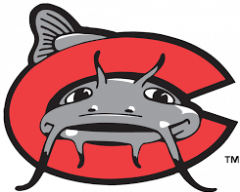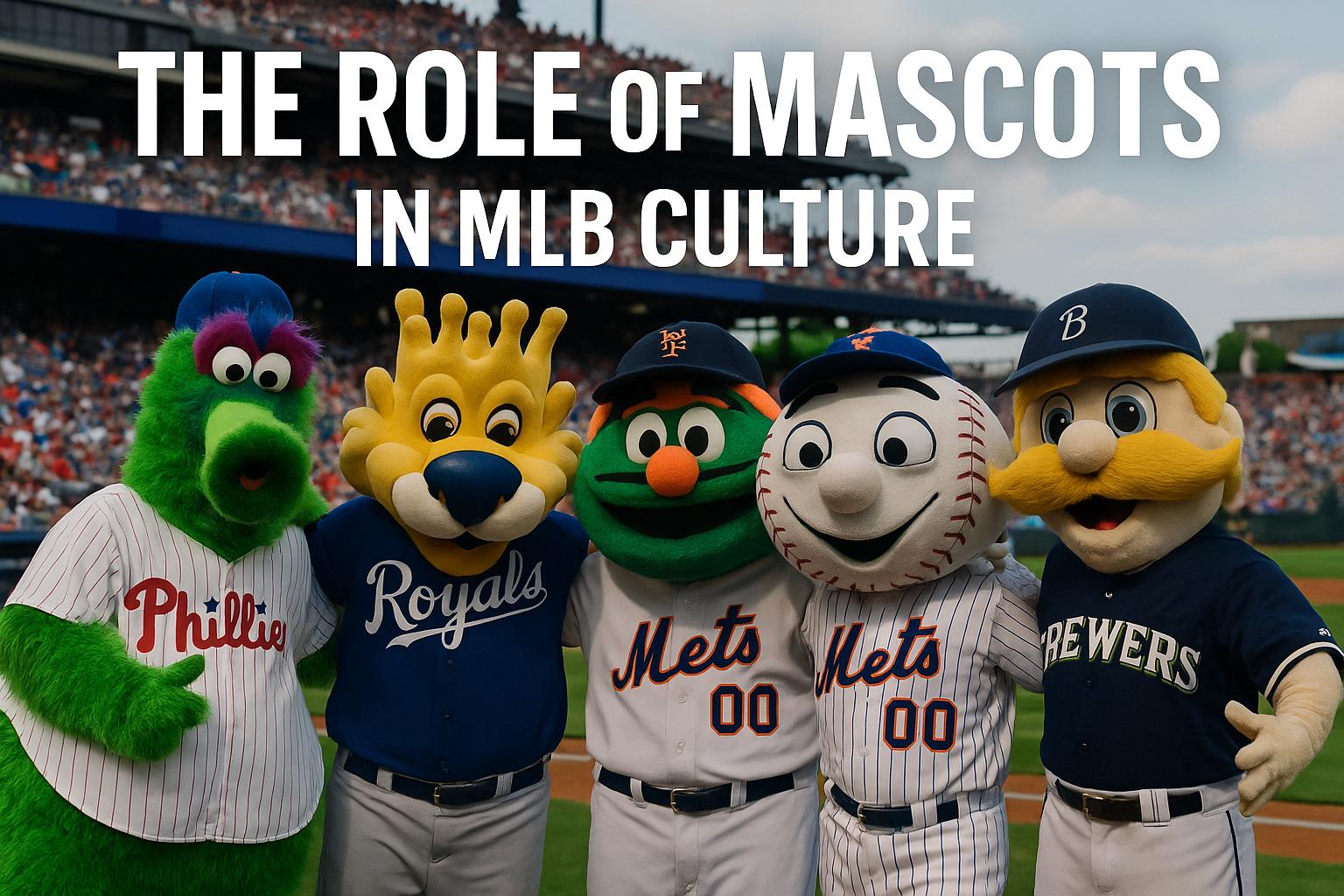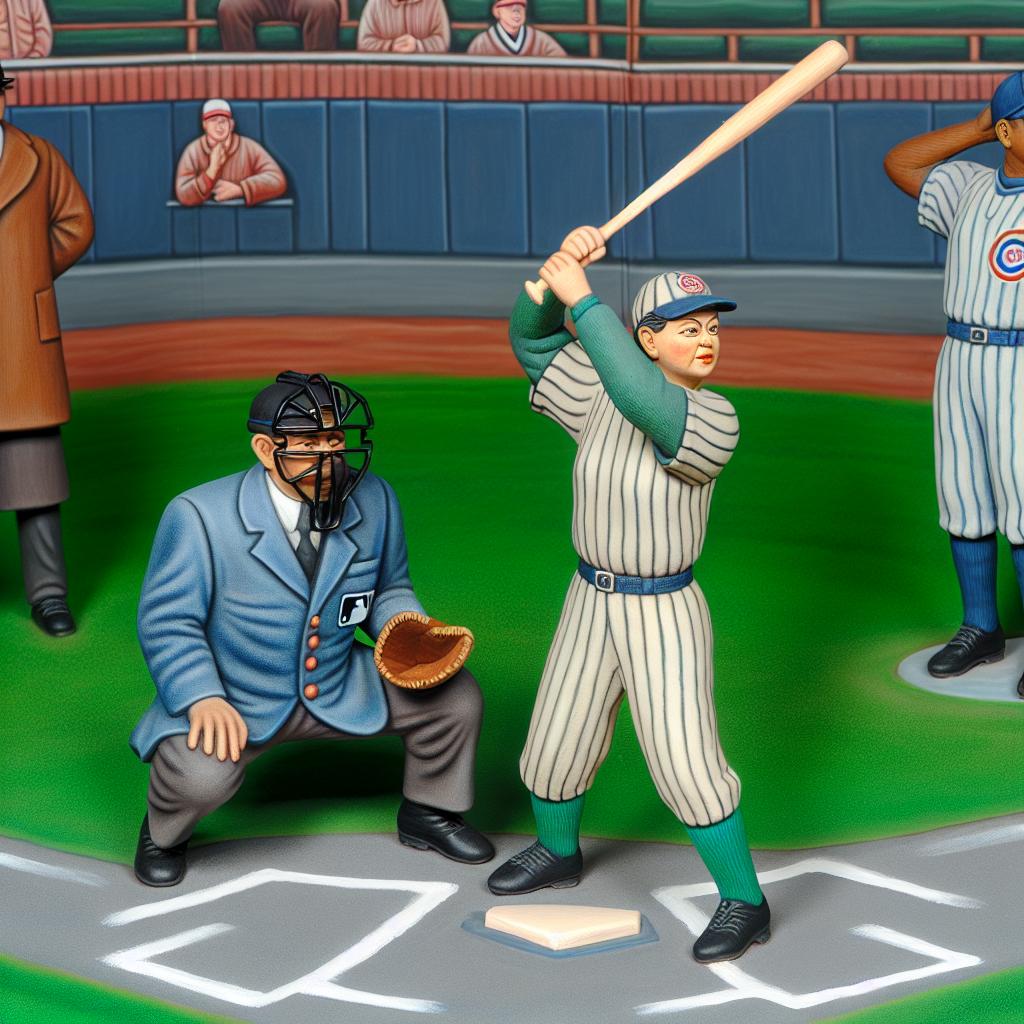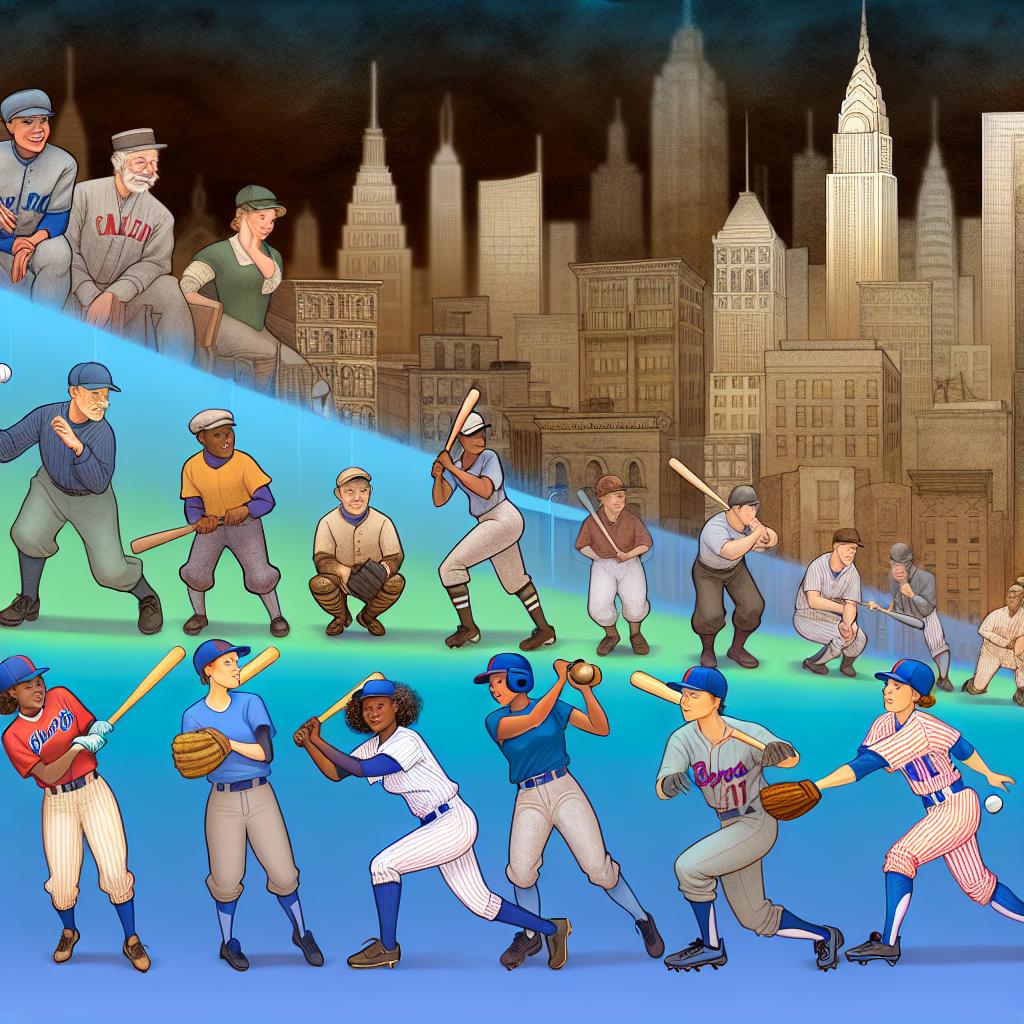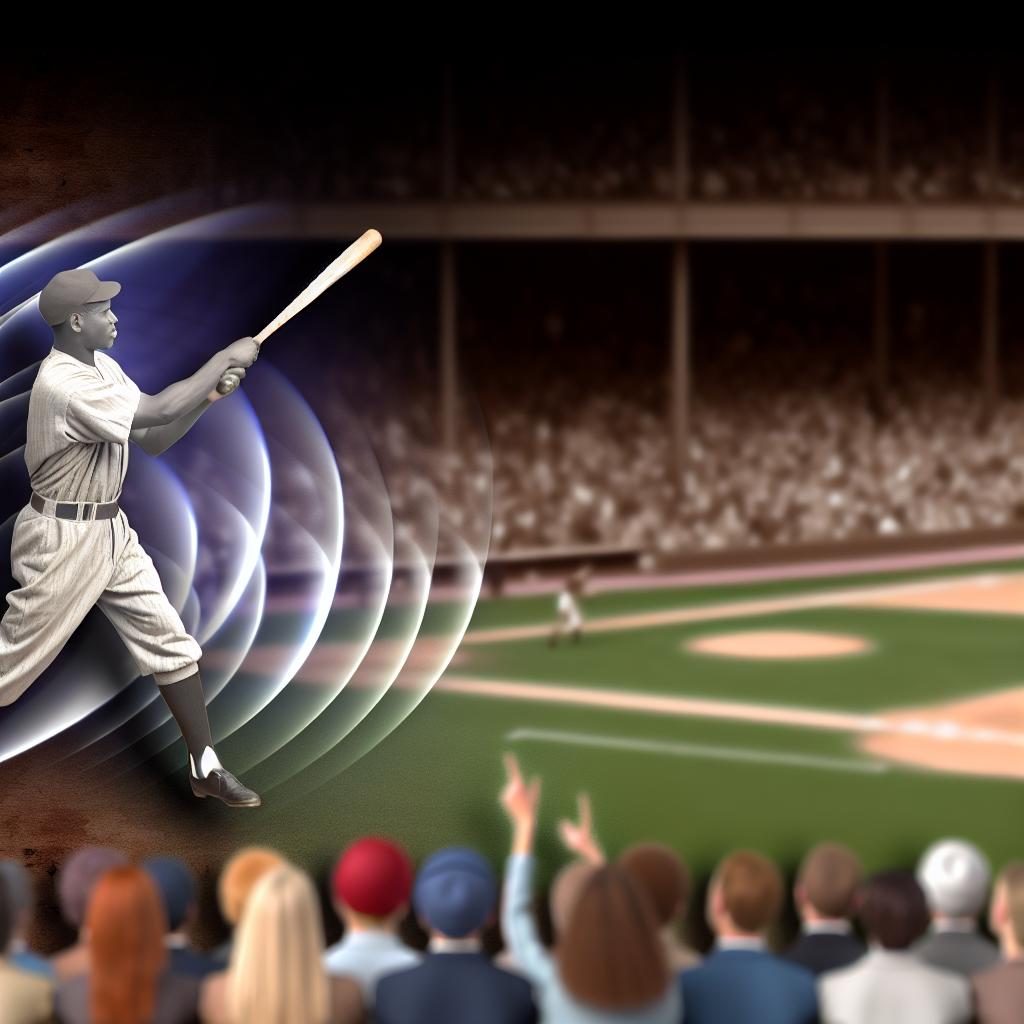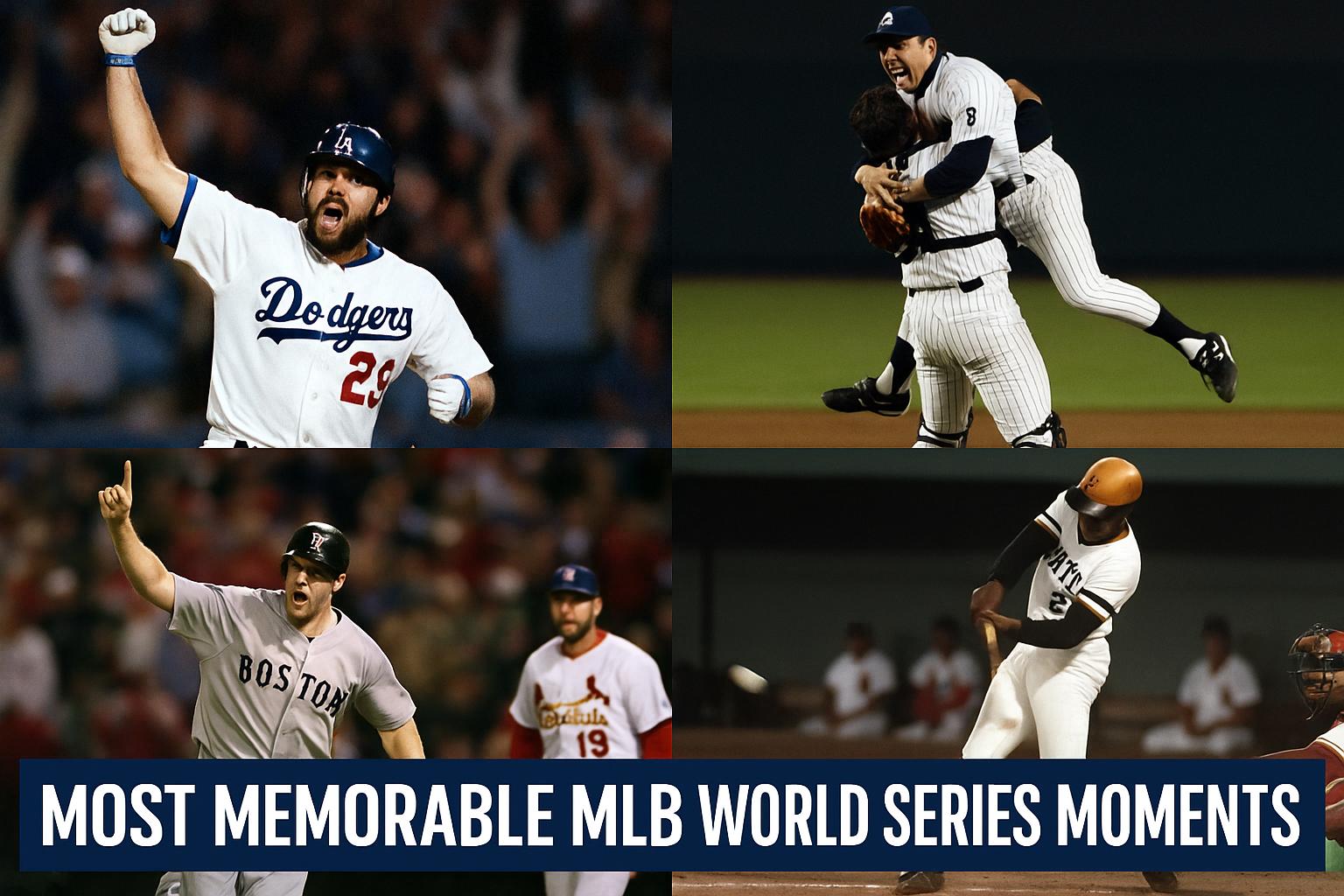The Role of Mascots in Major League Baseball Culture
In the world of Major League Baseball (MLB), mascots serve as vibrant symbols of team spirit and are an integral component of the fan experience. They are more than just costumed characters; they embody the history, culture, and identity of each franchise. This article explores the historical origins and contemporary significance of these beloved figures within MLB.
Historical Overview of MLB Mascots
The tradition of mascots in MLB dates back several decades. One of the earliest mascots, the San Diego Chicken, originated in the late 1970s and has since paved the way for the introduction of many others across the league. While initially used for pure entertainment, mascots have evolved to become iconic figures that contribute to the unique identity of a team. For example, the New York Mets’ Mr. Met, introduced in 1964, is considered one of the first live-action mascots and has remained a constant presence in the team’s promotions and activities.
The Function of Mascots During Games
At games, mascots perform a vital role in energizing the crowd and maintaining high levels of enthusiasm. They engage with fans through a series of antics, engaging in humorous skits, and participating in various crowd activities. The interactive experience they provide helps transform baseball games from mere sporting events into memorable communal experiences.
Mascots as Marketing Tools
Beyond entertainment, mascots serve as powerful marketing tools for MLB teams. They are prominently featured in merchandise, advertising campaigns, and team events. Their constant presence fosters brand loyalty and makes them central figures in team marketing strategies. For example, the Phillie Phanatic of the Philadelphia Phillies is one of the most recognizable mascots in all of sports, often used in promotional materials both at home and internationally.
Community Engagement and Beyond
MLB mascots extend their influence far beyond stadiums, often appearing at community events and charity functions. These appearances help build a connection between the team and its local community, forging lasting relationships based on shared passions. The involvement of mascots in local schools and community centers promotes the sport while fostering goodwill and positive public relations.
The Evolution of Mascot Responsibilities
As MLB evolved, so too did the responsibilities and expectations for mascots. Initially, mascots engaged in simple tasks such as rallying the crowd and introducing the players. Over time, their roles expanded to include more sophisticated interactions, media appearances, and elaborate performances. Modern mascots might work alongside team staff to design strategic initiatives that further engage fans both young and old.
Entertainment Beyond the Stadium
Today’s mascots are entertainers in their own right. They might perform choreographed dances, comedic sketches, and even participate in scripted dramas that unfold throughout the game. This transition from simple stunts to theatrical performances highlights the growth of mascots as multi-dimensional entertainers. The presence of mascots is now often anticipated with excitement, and their routines are meticulously planned to captivate audiences.
Building Unique Mascot Personas
The character of each mascot is crafted to reflect the unique traits and traditions of its team. This helps establish a persona that resonates with fans. For example, some mascots may mirror local culture or historical elements pertinent to the city they represent. These carefully curated personas allow mascots to form unique connections with their audience, offering identifiable symbols that enhance team identity.
Integration with Digital Platforms
In the modern era, MLB mascots have embraced digital platforms to expand their reach and engagement. Many teams now have dedicated social media accounts for mascots, where fans can interact with them outside of traditional game settings. This integration has allowed mascots to remain present in fans’ lives year-round, providing content that reflects both entertainment and community values.
Merchandising and Mascot Economics
Mascots also play a crucial role in merchandising. Fans of all ages buy t-shirts, caps, toys, and other collectible items featuring their beloved mascots. This commercial aspect not only generates revenue for the teams but also deepens the emotional and cultural ties that fans have with their franchises. The success of mascot-driven merchandise underscores their importance beyond entertainment.
Challenges and Adaptations
With the expansion of mascots’ roles, there are also challenges that must be navigated. One key challenge is ensuring that the humor and activities of mascots are appropriate and inclusive. Teams must carefully plan interactions to maintain a family-friendly atmosphere while ensuring that all fans feel welcomed and included in the mascot’s performances.
Navigating Changing Social Norms
Social norms and expectations evolve, requiring mascots to adapt to changing times. Mascots and their creative teams must remain aware of these shifts and adjust performances to align with contemporary values. This includes being sensitive to cultural, social, and political nuances, ensuring that mascot performances are respectful and resonate positively with all segments of the audience.
Training and Professionalism
Performing as a mascot requires skill and professionalism. Individuals who wear the mascot costume must undergo training to ensure they perform safely and effectively. This includes aspects such as maintaining character while facing various physical challenges and interacting responsively with fans.
Enduring Appeal of Mascots
Despite the challenges and evolution of their roles, mascots remain a beloved aspect of MLB culture. They bridge the gap between the on-field action and the stands, creating a shared experience that is at the heart of what makes baseball unique. The enduring appeal of mascots lies in their ability to merge tradition with innovation, rallying fans around a common passion.
Looking to the Future
The future of MLB mascots seems bright, with endless opportunities for innovation. As technology advances, one can imagine mascots incorporating augmented reality or virtual elements into their performances. Continued creativity will ensure that mascots remain relevant and exciting parts of professional baseball, contributing to the sport’s growth and cultural richness.
In conclusion, MLB mascots are an essential element of the game’s culture. They serve not only as figures of fun and semblance during games but also play significant roles in marketing, community engagement, and forever enhancing the fan experience. Over time, their roles have expanded, and they continue to be a dynamic piece of Major League Baseball’s rich tapestry. For more information on MLB mascots, visit the official MLB website.
